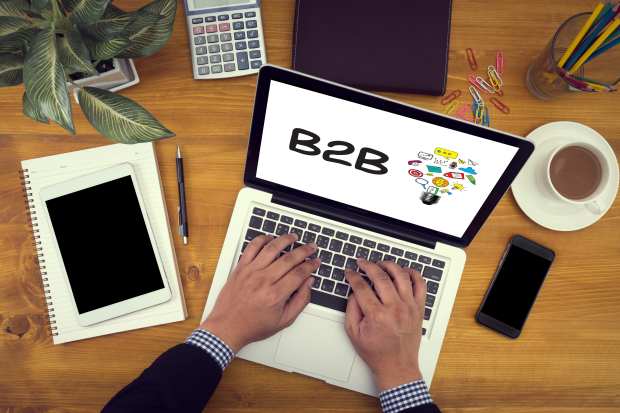Millennials Make Big Push For B2B Personalization

Thanks to better data analysis — including via machine learning and artificial intelligence, among other emerging technologies — personalization is becoming a bigger part of the overall consumer experience. That trend promises to get even bigger in 2020. As well, more personalization seems likely to come to the business-to-business (B2B) side of the equation.
Part the push for B2B personalization comes from the fact that many B2B participants are simply getting younger, and are bringing their desires and expectations for personalization into the B2B realm, at least according to one report.
B2B Gets Younger
It said that 70 percent or more of millennials are involved in B2B buying decisions. “As part of this, B2B businesses have to create an experience that gets decision makers to notice them,” and that includes personalization efforts, according to the report. Indeed, it added, some most B2B buyers these days “expect B2B companies to personalize communications in a way that suits their needs. Hence, all communications should be tailored to the individual buyer’s preferences.”
PYMNTS research has also documented the building B2B personalization trend — specifically, via payments, which are becoming ever more digital in the B2B world, mirroring trends from the business-to-consumer (B2C) side of things.
For instance, employers can turn to application programming interfaces (APIs) to help assess solutions for disbursing workers’ compensation. Oyster Insurance, an insurance technology company, recently expanded operations into California, where it aims to support small businesses and startups with workers’ compensation services. The company provides an API that employers can use to receive a services quote, at near-instant speeds.
APIs are also helping banks better serve corporate clients. When it comes to developing or adopting new payments systems, many turn to their banks for help. However, corporates often want these solutions to be tailored to their specific needs and existing systems. That can be a big hassle for banks, which have to create customized solutions for each corporate client and then manage all of those disparate solutions.
B2B Business Rules
It probably comes as no surprise that B2B commerce has a reputation for being slow to digitize and lagging behind the B2C eCommerce space, but considering analysis that forecasts U.S. B2B eCommerce to reach $9 trillion this year — more than twice that of B2C eCommerce — that reputation may need a facelift.
Many of the complexities regarding B2B eCommerce stem from the fact that each business customer has a unique set of rules related to a purchase, and thus each customer needs a personalized experience on a B2B eCommerce platform. Unlike consumer online shopping, businesses procuring goods from a manufacturer need to see their unique contractual agreements, pricing agreements, availability, credit terms, shipping options and more.
“Everyone wants to do eCommerce,” said Corevist Co-Founder and CEO Dr. Sam Bayer, Ph.D., of the manufacturing industry’s adoption of digital tools. “The thing that’s slowing people down is all of those complicated rules.”
B2B eCommerce platforms can struggle to adhere to those unique rules on a client-by-client basis, he added, leading to a displeasing online shopping experience that can cause a business buyer to go back to the legacy method of calling up a customer representative on the phone.
In many points of B2B friction, the solution can be found in data integration. Bayer noted that such integration was the motivation behind Corevist’s recent integration with electronic payments company Delego. Both companies are integrated with the SAP ERP system, as well as with one another.
That integration allows Corevist to automatically display the unique business rules that are stored within the SAP ERP system for each customer on a manufacturer’s online storefront. Integrating with Delego enables electronic bill presentment and payment acceptance, while offering both the pay-at-checkout and invoice payment options that can trip up B2B eCommerce experiences.
The stereotype of B2B eCommerce’s digitization journey has been one to mimic the rise of Amazon and provide a “consumer-like” shopping experience for businesses — yet the complexities of the industry show that mentality is an oversimplification. Even so, Amazon has been steadily moving into the business-to-business market via Amazon Business.
It’s been a relatively slow road to B2B personalization, but progress is being made.
